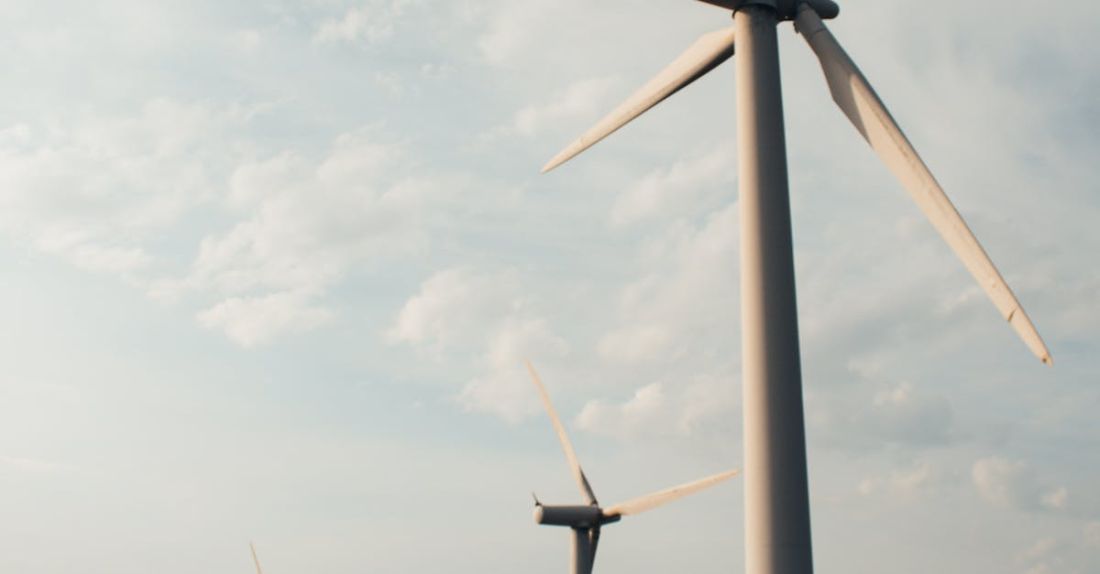
In a world where environmental concerns are at the forefront of global discussions, finding innovative ways to reduce household waste is becoming increasingly important. Upcycling, a creative and sustainable practice, offers a practical solution to minimize waste production and breathe new life into old items. By repurposing and transforming discarded materials into new and useful products, upcycling not only reduces the amount of waste sent to landfills but also promotes a more conscious and eco-friendly lifestyle.
Reviving Old Items Through Upcycling
Upcycling involves the transformation of unwanted or unused items into something of higher value and quality. This process differs from traditional recycling, which breaks down materials to create new products. Instead, upcycling focuses on creatively reusing existing materials in their current form, giving them a new purpose and extending their lifespan. By upcycling items such as furniture, clothing, or household decorations, individuals can reduce their environmental footprint and contribute to a more sustainable future.
Promoting Creativity and Individuality
One of the key benefits of upcycling is the opportunity it provides for creativity and self-expression. Through upcycling, individuals can unleash their artistic talents and imagination by turning ordinary objects into unique and personalized creations. Whether it’s transforming old jars into stylish vases or repurposing wooden pallets into chic furniture, upcycling allows individuals to showcase their creativity while making a positive impact on the environment. By embracing upcycling, individuals can break away from mass-produced goods and instead create one-of-a-kind pieces that reflect their personality and style.
Reducing Resource Consumption
Upcycling plays a crucial role in reducing resource consumption and minimizing the demand for new materials. By utilizing existing items in new and innovative ways, upcycling helps conserve natural resources, energy, and water that would otherwise be used in the production of new goods. Additionally, upcycling reduces the carbon footprint associated with manufacturing and transportation processes, further contributing to environmental preservation. By upcycling materials that would have otherwise been discarded, individuals can actively participate in resource conservation and reduce the strain on the planet’s finite resources.
Fostering Sustainable Practices
Embracing upcycling as a lifestyle choice fosters sustainable practices and encourages individuals to adopt more environmentally friendly habits. By incorporating upcycled items into their daily lives, individuals can contribute to the circular economy, where resources are reused and repurposed in a continuous cycle. This shift towards a more sustainable mindset not only benefits the environment but also raises awareness about the importance of waste reduction and conscious consumption. By making conscious choices to upcycle and repurpose items, individuals can take meaningful steps towards a more sustainable future for themselves and future generations.
Inspiring Community Engagement
Upcycling initiatives have the power to inspire community engagement and foster collaboration among like-minded individuals. Whether through local workshops, online platforms, or social media groups, upcycling enthusiasts can connect, share ideas, and support each other in their creative endeavors. By coming together to exchange tips, techniques, and resources, communities can create a positive impact on the environment while building meaningful relationships. Furthermore, upcycling projects can serve as educational tools to raise awareness about the importance of waste reduction and encourage others to join the movement towards a more sustainable lifestyle.
Embracing a Sustainable Future Through Upcycling
In conclusion, upcycling offers a practical and creative solution to reducing household waste and promoting sustainability. By repurposing existing materials, individuals can minimize their environmental impact, unleash their creativity, and contribute to a more sustainable future. Through upcycling, individuals can play a proactive role in resource conservation, waste reduction, and community engagement. By embracing upcycling as a lifestyle choice, we can collectively work towards a greener, more sustainable world for generations to come.





